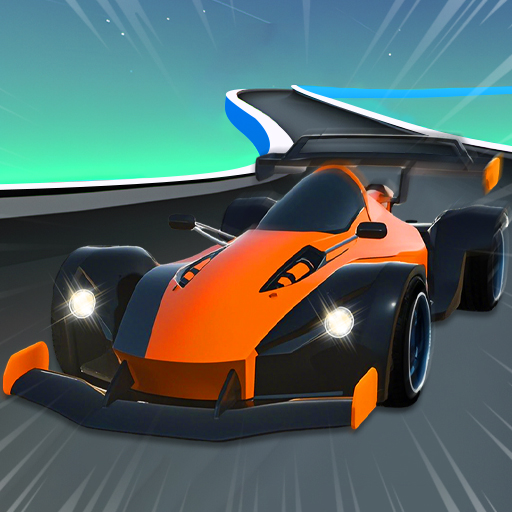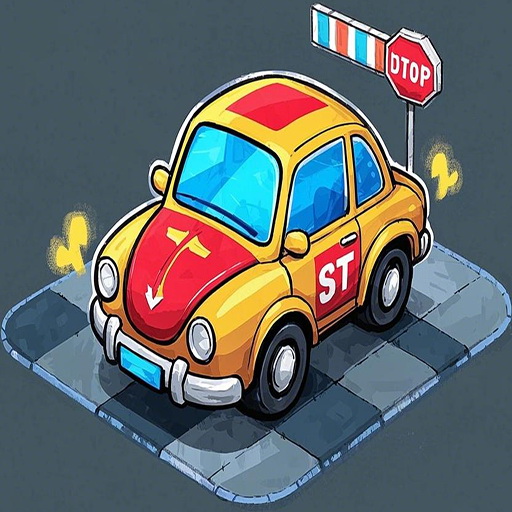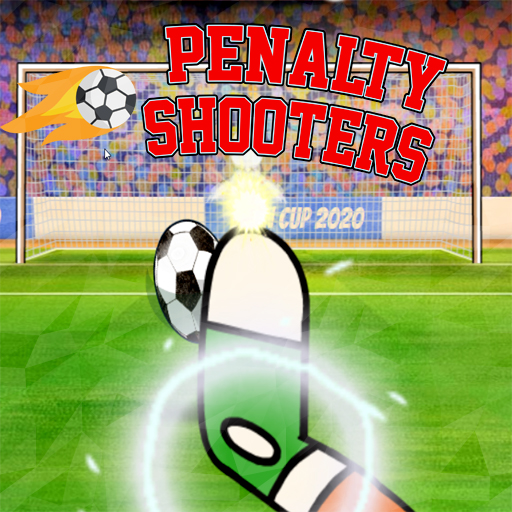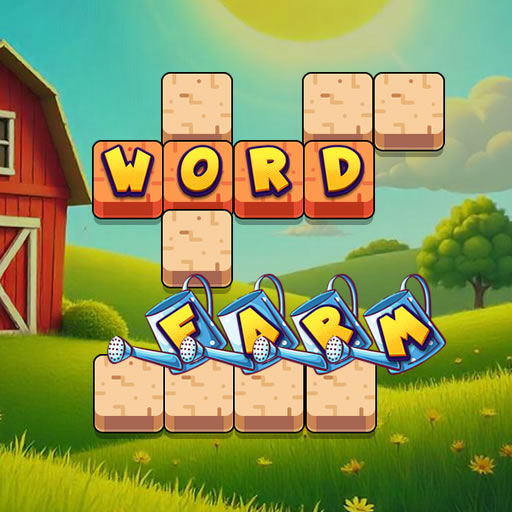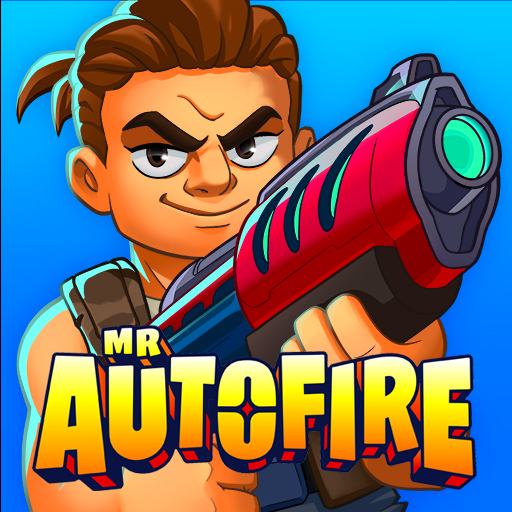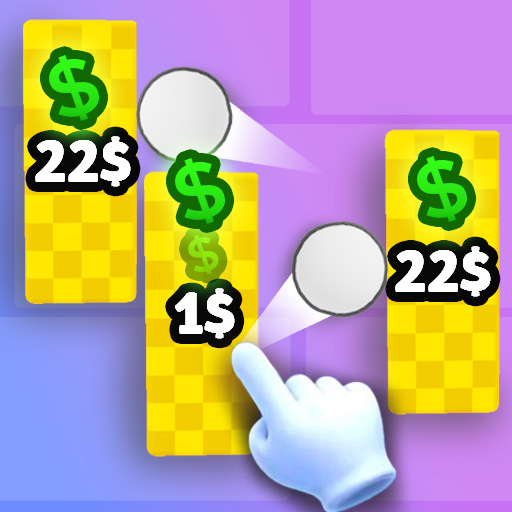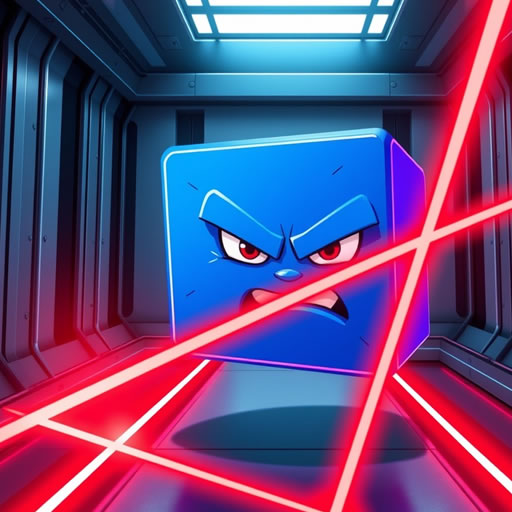
CircleLeap
CircleLeap
CircleLeap may become your new fixation if you’ve been yearning for a fast-paced, reflex-challenging activity that’s equal parts enjoyable and infuriating. CircleLeap offers unadulterated arcade fun in a world full of complicated games and bloated visuals. The game’s basic mechanics are quite straightforward: pace your jumps, maintain rhythm, and steer clear of deadly collisions. Don’t be fooled by its seeming simplicity, though; underneath it is a cleverly complex loop that quickly captures your attention.
In 2025, hyper-casual games are making a major comeback. Players want bursts of joy without downloading gigabytes or memorizing control schemes. CircleLeap nails that demand perfectly. With a tap-to-jump mechanic and progressively difficult levels, it blends quick gratification with hardcore challenge. Whether you’ve got five minutes to kill or you’re chasing leaderboard glory, CircleLeap keeps you coming back for “just one more try.”
Let’s dive deep into what makes this game tick—from its intuitive design to why it’s catching fire among casual gamers, speedrunners, and mobile players alike.
Gameplay Overview: Timing, Precision, and a Whole Lot of Leaping
The central gameplay mechanic in CircleLeap is—you guessed it—leaping. You control a small orb or character that rotates around a circle. With a single tap or click, you can leap from one circular path to another. The goal? Don’t crash into obstacles or miss your landing. It’s rhythm meets geometry in a game that tests how well you can react under pressure.
What starts out as a breezy rotation quickly morphs into a maddeningly fast pace. The circles rotate at varying speeds, some shrink, others expand, and obstacles like spikes or moving bars appear at random. The game pushes you to observe patterns and master your timing. Mistime a leap, and it’s game over. Get it right, and you feel like a precision god.
As your co-pilot in content and gameplay exploration, let me say this: the design here is genius in its restraint. No bloated tutorials. No cluttered UI. Just you, a circle, and the danger that lies in every jump. Every session teaches you something new about patience, pattern recognition, and clutch decision-making.
Visual and Audio Aesthetics: Minimal but Mighty
CircleLeap doesn’t try to overwhelm your senses—it seduces them slowly. The graphics are clean and sharp, with a minimalist design that keeps you focused on the gameplay. The circles and obstacles pop with neon accents against a dark background, creating a beautiful contrast that’s both calming and high-intensity at once.
The audio side of things is just as polished. The background music has a hypnotic pulse to it, aligning with the rhythm of the jumps and the spinning motion of the game. Each successful leap is rewarded with a satisfying “click” sound, while mistakes are met with a harsh, jarring tone that makes you wince—but also fuels your desire to try again. It’s audio feedback done right.
Together, the sights and sounds of CircleLeap don’t just decorate the experience—they drive it. They keep you engaged without distracting from what matters most: timing, focus, and flow.
Skill Progression: Easy to Learn, Brutal to Master
Here’s the twist: CircleLeap is incredibly easy to pick up—but getting good is another story. The game’s difficulty curve is steep, but fair. As you clear more circles and rack up a higher score, the pace intensifies. Circles rotate faster. Obstacles move in sync. The timing windows shrink until you’re forced to enter a near meditative state of focus.
As your co-pilot through this wild arcade ride, I highly recommend treating CircleLeap like a mental workout. It exercises your focus and rewards persistence. The first dozen attempts will humble you. But soon you’ll find yourself reading the rhythm, predicting the spin, and leaping with perfect timing.
What’s more impressive is how the game doesn’t rely on unlocks or upgrades to hook you. It’s pure skill-based gaming—a refreshing throwback to arcade roots where your only progression tool is practice. The sense of growth here is deeply satisfying.
Controls: One Tap to Rule Them All
CircleLeap uses a brilliantly minimalist control scheme. Whether you’re playing on desktop, tablet, or mobile, the command is simple: tap to leap. That’s it. No swiping, dragging, or button mashers required.
What’s truly remarkable is how much depth this single action holds. Depending on when you tap, your leap can save you or spell doom. It becomes a dance of micro-decisions—each tap a high-stakes gamble. That makes the game universally accessible but infinitely replayable.
As a premium co-pilot, I’d argue that CircleLeap’s control design is a masterclass in simplicity. It invites anyone to play, but only the dedicated will thrive.
Levels and Randomization: Expect the Unexpected
One of the reasons CircleLeap doesn’t get boring is its clever use of randomization. While the core mechanics remain the same, each level features different circle layouts, obstacles, and speeds. This unpredictable nature makes every playthrough feel fresh. You can’t just memorize a path—you have to adapt in real-time.
Some players might find the randomness frustrating at first. But once you accept it as part of the challenge, it becomes a feature, not a bug. You start to sharpen your instincts instead of relying on patterns. It’s you versus chaos—and that makes for some exhilarating gameplay.
Add to that the game’s lightning-fast respawn, and it’s dangerously easy to fall into a loop of retries. One failure leads to the next attempt, and before you know it, 20 minutes have vanished. That addictive loop? It’s by design.
Leaderboards, Challenges, and Competitive Play
While CircleLeap can be a solo meditative challenge, it’s also surprisingly competitive. The game features global leaderboards that track your highest scores and fastest reaction times. Seeing your name creep up the rankings adds an extra layer of motivation.
Daily challenges and limited-time modes introduce new twists—like reversed gravity or time trials. These break the routine and give you something new to aim for each day. You’ll often find yourself saying, “Just one more round,” which quickly becomes an hour-long session.
Whether you’re aiming to beat your friends’ scores or just outdo your own best, CircleLeap makes every run feel meaningful.
Cross-Platform Accessibility: Play Anywhere, Anytime
A huge part of CircleLeap’s success comes from how easy it is to access. You can play it directly in a browser, download it on mobile, or launch it on tablets. It requires no installation, no login, no waiting.
That means you can sneak in a quick game between classes, on your lunch break, or while waiting for a Zoom meeting to start. The game loads in seconds, runs smoothly even on older devices, and doesn’t demand a high-speed connection.
This kind of seamless accessibility is the future of casual gaming—and CircleLeap is leading that charge.
Educational and Cognitive Benefits (Yes, Really)
You might think of CircleLeap as just a time-killer, but it’s actually a great way to sharpen your mind. Studies have shown that games requiring timing and fast reactions can improve hand-eye coordination, pattern recognition, and mental agility. CircleLeap, with its twitch-based mechanics, does exactly that.
As your copilot in life and leisure, I’d argue CircleLeap is a low-stakes, high-reward cognitive trainer disguised as a casual game. It teaches focus, perseverance, and resilience—all while keeping your dopamine receptors satisfied.
Parents, take note: this is one game that won’t melt your child’s brain. It might even sharpen it.
Why It’s Blowing Up in 2025
CircleLeap is riding the wave of minimalist game design. With attention spans shrinking and competition for screen time fiercer than ever, players want games that deliver fast feedback and instant gratification. That’s CircleLeap in a nutshell.
But what really sets it apart is how skill-driven and pure it feels. There are no power-ups. No “pay to skip.” No levels you can buy your way past. It’s you, the circle, and the leap. That kind of integrity is rare in today’s gaming landscape, and it’s refreshing to see a title double down on simplicity done right.
Social media clips of perfect jumps and near misses have gone viral. Twitch streamers use it as warm-up content. And mobile players can’t stop trying to beat their own scores. This game isn’t just good—it’s sticky.
Conclusion
CircleLeap proves that you don’t need cinematic cutscenes or 100-hour campaigns to make a great game. All you need is a tight mechanic, responsive controls, and a clean design. It’s a minimalist masterpiece that’s as punishing as it is addictive.
As your writing and gaming co-pilot, I’ve seen countless casual games come and go. But CircleLeap? This one has legs. It’s easy to access, tough to master, and endlessly fun. If you haven’t given it a shot yet, you’re seriously missing out.
Whether you’re looking to kill time, test your reflexes, or find a game that actually respects your skill curve, CircleLeap delivers. Tap in—and see how long you can keep the leap going.
